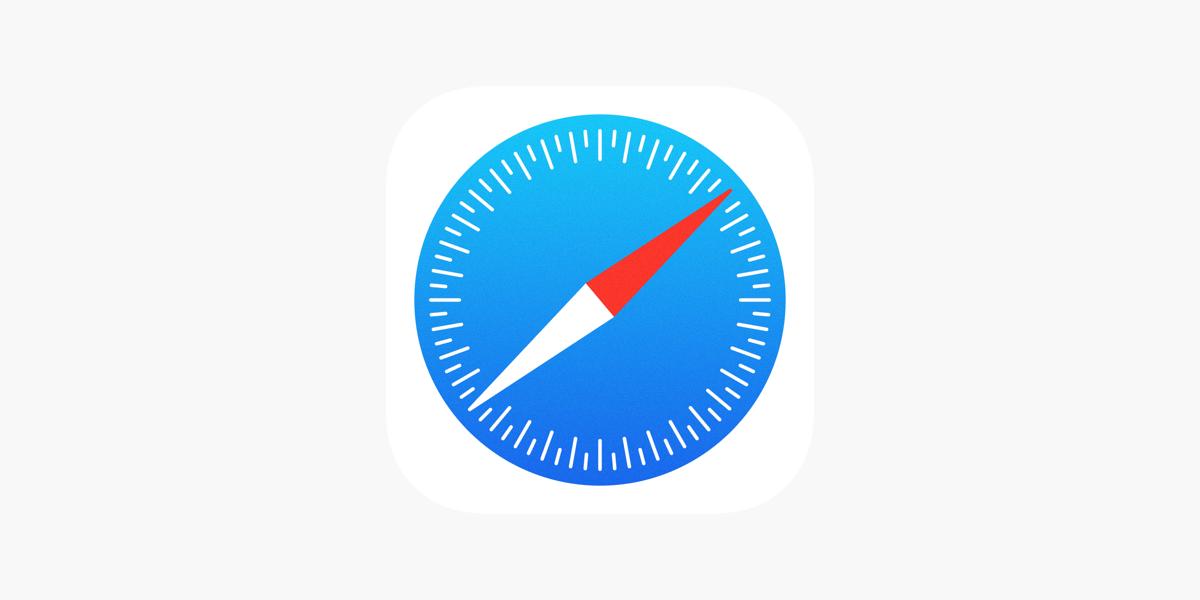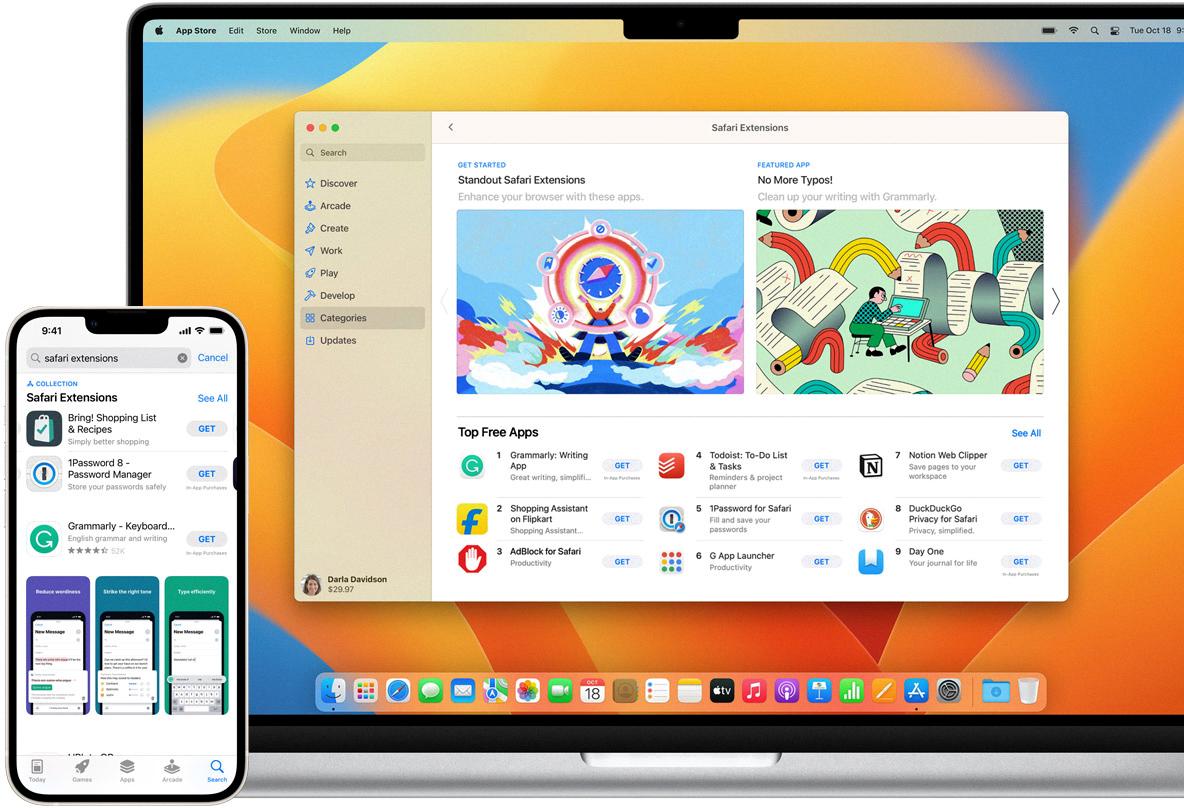Safari is a web browser developed by Apple Inc. and is the default web browser for Apple devices such as iPhones, iPads and Mac computers. Safari offers great features like fast page loading, powerful tab management, secure browsing and more. It also has built-in support for third-party cookies.
Third-party cookies are small pieces of data stored on a user’s computer by websites that are not the website being visited. These cookies are used to track the user’s activity across different sites, allowing companies to personalize ads and content to each user. They can also be used to store login informtion or shopping cart contents.
By default, Safari allows third-party cookies unless the user changes their settings. If you want to disable third-party cookies in Safari, you can do so by going into your settings and changing your privacy settings. To access these settings, launch Safari and navigate to “Preferences” in the top toolbar menu. Under the Privacy tab, you will find an option called “Block All Third-Party Cookies” which can be turned off or on depending on your preference.
When blocking all third-party cookies, Safari will still allow first-party cookies which are created by the website you are visiting directly but will block all other third party tracking services from collecting data about your browsing habits. This allows for better privacy protection while still ensuring that websites function properly when using Safari as your web browser of choice.
Overall, if you have a Mac computer or use an iOS device then Safari is a great choice for web browsing with built-in support for third-party cookies but also with options available to block them if desired. Being able to customize your privacy settings is important in today’s digital world and Safari makes it easy to do just that with its straightforward preferences menu interface.

Enabling Third Party Cookies in Safari
To allow third-party cookies on Safari, open Safari and go to the “Preferences” menu. Click the “Privacy” tab and select the “Cookies and website data” option. By default, this setting is set to “Allow from websites I visit”, which allows first-party cookies but not third-party cookies. To change this setting to allow third-party cookies, click the dropdown menu and select “Always Allow”. Once you have selected this option, any website can use third-party cookies when you are using Safari.
The Impact of Safari’s Restriction on Third Party Cookies
Safari does alow third party cookies, but by default it blocks them. This is because third party cookies can be used for tracking and collecting data about your browsing habits. As a result, Apple has put in place measures to ensure that Safari users are protected from having their data collected without their knowledge. By blocking third party cookies, Safari helps protect user privacy and security.
Enabling Third-Party Cookies on iPhone Safari
To allow third-party cookies on your iPhone’s Safari, you will need to go to the Settings app on your device. Scroll down and select Safari from the left navigation menu. Under Security & Privacy, you will need to disable both “Block All Cookies” and “Prevent Cross-Site Tracking.” Once thee settings have been disabled, quit and restart the Mobile Safari app for the changes to take effect. With these steps completed, third-party cookies should now be enabled in your iPhone’s Safari browser.
Does Safari Allow Third Party Cookies?
No, Safari does not use third-party cookies by default. Safari’s WebKit engineer, John Wilander, has implemented a feature that completely blocks all third-party cookie tracking technology. This means that no advertiser or website is able to follow you around the internet using third-party cookies. If you do want to allow a website to store and access third-party cookies, you can manually enable this feature in Safari’s settings.
Enabling Third Party Cookies in Browser Settings
To change your settings to allow third party cookies on your computer, open Chrome. At the top right, click More Settings. Under “Privacy and security,” click Cookies and other site data. Then select the option to “Allow all cookies” or “Block third party cookies in Incognito”. This will allow third party cookies to be stored and accessed on your computer.

Source: apps.apple.com
Unblocking Third Party Cookies on a Mac
If you’d like to unblock third-party cookies on your Mac, you can do so easily in the Safari app. To get started, open the Safari app and navigate to Safari > Preferences. Then, click the Privacy tab. You should see an option that reads “Block third-party cookies and data”; unselect this option if it is checked. This will alow third-party cookies on your Mac. Additionally, you may want to adjust other settings here such as “Prevent cross-site tracking” and “Ask websites not to track me” if desired. That’s all there is to it! You’ve now successfully unblocked third-party cookies on your Mac.
Enabling Third-Party Apps on iPhone
To allow third-party apps on your iPhone, you’ll need to turn on the app in Settings. To do this, go to Settings > [your name] > iCloud and scroll down to find the app you would like to turn on. After you find the app, simply toggle the switch next to it to the “on” position. Some apps may also require you to turn on iCloud Drive before they can be enabled. Once all the settings are correct, the app should be allowed and ready for use.
Changing Browser Settings in Safari
To change browser settings in Safari, follow these steps:
1. Open the Safari app on your Mac.
2. In the menu bar at the top of the screen, select Safari > Preferences.
3. On the left-hand side of the window, click Websites.
4. Select the setting you want to customize from the list on the left (e.g., Camera).
5. On the right-hand side, choose a website from the list and then select an option for it that you prefer.
6. To save your changes, click “OK” at the bottom of the window and close out of Safari Preferences.
Enabling Third Party Cookies on iPad with iOS 15
In order to enable third party cookies on your iPad with iOS 15, you will need to open the Settings app and then tap on Safari. On the right-hand side, scroll down until you see the “Privacy & Security” section. From there, make sure that “Block All Cookies” and “Prevent Cross-Site Tracking” are both turned off by swiping the sliders to the left, so they are both grayed out. Once this is done, third party cookies should be enabled on your device.
Stopping Safari from Blocking Third-Party Cookies
To stop your browser from blocking third-party cookies in Safari, open the Settings app and select Safari. Then, scroll down and select ‘Privacy & Security’. Under the ‘Cookies and website data’ section, make sure the ‘Prevent Cross-site tracking’ switch is toggled off. Finally, make sure the ‘Block all cookies’ switch is toggled off. This will allow third-party cookies on your browser.
The Impact of Safari Blocking Third-Party Cookies
Safari first blocked third-party cookies in 2013. The browser included a feature called “Do Not Track” which gave users the option to stop advertisers from tracking thir browsing habits. This was done by blocking access to third-party cookies, as well as other tracking technologies such as HTML5 storage and local shared objects. Safari has continued to refine its cookie blocking capabilities ever since, making it one of the most secure browsers when it comes to protecting user privacy.
Enabling Third-Party Applications on Mac
To allow 3rd party apps on your Mac, you’ll need to open System Preferences. Click Security & Privacy, then click General. Click the lock and enter your password to make changes. Select App Store and also select “Allow apps downloaded from:” and choose “App Store and identified developers”. This will allow you to download 3rd party apps from the App Store as well as from identified developers. Be aware that some of these 3rd party apps could contain malicious software so it’s important to be careful and only download from trusted sources.

Source: apple.com
Checking If Third Party Cookies Are Enabled
To check if third-party cookies are enabled in your Google Chrome browser, go to the Settings page. At the bottom of the page, click on Advanced. In the Privacy and Security section, click Site settings. Select Cookies and you will see a box next to Block third-party cookies and site data. If it is unchecked, then third-party cookies are enabled. If it is checked, then third-party cookies are disabled.
Enabling Cookies on a Mac
There are a few potential reasons why you may not be able to enable cookies on your Mac. Firstly, make sure that the Privacy tab in Safari’s General preferences is selected. If the check mark in front of Block all cookies is stil enabled, you won’t be able to enable cookies on your Mac. Secondly, if you are using a newer version of Mac OS X, it may have content blocking enabled by default. To check for this, open System Preferences and select Security & Privacy. Under the Privacy tab, select Content & Privacy Restrictions and make sure that “Allow from websites I visit” is selected. Finally, if you are using an ad blocker or other browser extensions that can block cookies, you will need to disable them in order for cookies to work properly on your Mac.
Enabling Permissions on an iPhone
To enable permissions on your iPhone, you’ll need to open the Settings app. Once in Settings, select Privacy, then select Apple app. You’ll see a list of apps that have permission settings; toggle the switch next to each app to either enable or disable them. This will allw the apps to access certain data or functions on your device.
Safari Blocking Certain Websites: Reasons Explained
Safari blocks some websites for a variety of reasons, including to protect users from malicious content and to ensure that thir browsing experience is as secure and private as possible. Many websites contain trackers and other technologies that can collect personal information about users, and Safari seeks to protect users from these intrusive methods of data collection. Additionally, Safari blocks certain sites that are known to contain malicious content or software, such as viruses, phishing schemes, or scams. By blocking these sites, Safari ensures the safety of its users by preventing them from inadvertently downloading or visiting dangerous content.
Accessing Safari Preferences
You can find Safari preferences by opening the Safari app on your Mac and choosing Safari > Preferences. This will open a window with several preference panes, allowing you to customize different aspects of your browsing experience. You can change your homepage, choose what to see when you open a window or tab, decide how long to keep your browsing history, decide which bookmarks to show in Favorites view, and choose where to save downloads and how long to keep them.
Changing Safari Settings on iOS 15
To change the Safari settings on iOS 15, open the Settings app on your iPhone. Then select Safari from the list of options. From there, you can customize a wide range of settings including enabling Website Tracking Prevention, blocking pop-ups, choosing a search engine, customizing your home screen, and more. You can also set up Content Blockers to filter out adult content or block specific websites. Additionally, you can adjust Privacy settings such as having Safari always request websites to not track you or disable Location Services for specific websites. Finally, you can also choose where tabs will appear – eithr at the top or bottom of the page.
Preventing iPhone from Blocking Third-Party Cookies
To stop your iPhone from blocking third-party cookies, follow the steps below:
1. Go to “Settings” on your iPhone.
2. Scroll down and look for “Safari”.
3. Scroll down to the “Privacy & Security” section and look for “Prevent Cross-Site Tracking”.
4. Turn off the “Prevent Cross-Site Tracking” by switching off from green to grey.
By followig these steps, you will have successfully stopped your iPhone from blocking third-party cookies.
Unblocking Third-Party Cookies on a Phone
To unblock third-party cookies on your phone, follow tese steps:
1. Open your Chrome browser app.
2. Tap the Menu icon in the upper right corner.
3. Select Settings from the drop-down menu.
4. Scroll down and select Site settings.
5. Tap Cookies and then tap the Cookies switch to turn it on or off.
6. Finally, tap Block third-party cookies to enable it (the check mark will be present when it’s enabled).
Once you have completed these steps, third-party cookies will be unblocked on your phone and you can start using them in your browser activity!
Enabling Third-Party Cookies in Safari on iPad
To allow third-party cookies in Safari on iPad, you will need to open the Settings app. Tap on Safari and then scroll down to Privacy & Security. Under the Privacy & Security section, you’ll find an option for Block All Cookies. Make sure this is set to ‘Off’ to allow third-party cookies. Once done, your iPad should now be able to accept third-party cookies in Safari.
Unblocking Cross Domain Cookies in Safari
In order to unblock cross domain cookies in Safari, you will need to make sure that you have the correct settings enabled. First, open the Safari browser and click the “Safari” menu. Next, select “Preferences” from the list of options. Then, click on the “Privacy” tab and adjust your settings as needed. Under “Cookies and website data,” make sure that the box beside “Allow from websites I visit” is checked. Additionally, make sure that the box next to “Block all third-party cookies” is unchecked. Finally, close out of Safari’s Preferences window when you are done making changes. This will alow cross domain cookies to be accepted in Safari.
The Impact of the Elimination of Third Party Cookies
Third party cookies have been widely used by marketers for years to track customer behavior online, but this technology is becoming increasingly unpopular with the public. Privacy concerns are at the forefront of this issue, as many users feel their data is beng collected without their knowledge or consent. Additionally, third party cookies can be used to create targeted ads that invade user privacy and can even lead to identity theft.
In response to these issues, Google has announced that it will phase out third party cookies on its Chrome browser by the end of 2023. This decision is part of Google’s commitment to making the web a more private and secure environment for its users. Google also plans to replace third-party tracking with a new set of privacy-preserving technologies known as Federated Learning of Cohorts (FLoC). FLoC will use machine learning technology to group users into “cohorts” based on browsing behavior and other factors, rather than tracking individual user data.
Does Safari Block All Cookies?
No, Safari does not block all cookies by default. You can choose to block all cookies in Safari’s settings by tapping Settings > Safari and turning on Block All Cookies. However, blocking cookies may cuse some web pages to not work correctly.
The Difference Between First Party Cookies and Third-Party Cookies
First-party cookies are set by the publisher’s web server or any JavaScript loaded on the website. These cookies are used to store and track data related to user preferences and interactions with the publisher’s website, such as language settings, logins, or tracking user activity.
Third-party cookies are set by a third-party server, such as an AdTech vendor, or via code loaded on the publisher’s website. These cookies can be used to track a user’s browsing habits across multiple websites. Third-party cookies can also be used to serve targeted ads based on a user’s browsing history.
Disabling Full 3rd Party Cookie Blocking
Disabling full third-party cookie blocking means that the browser will no longer block cookies from sites other than the one you are currently visiting. This includes cookies from advertisers, marketing networks, and other online services. When a website is visited, any associated third-party cookies will be allowed to be placed on the user’s machine. Without full third-party cookie blocking enabled, these cookies can be used to track a user’s browsing history across multiple sites, which could lead to targeted ads or other tracking activities. Disabling full third-party cookie blocking prevents this type of tracking and helps protect your privacy online.
Conclusion
Safari is a web browser developed by Apple that is widely used on their Mac, iPhone, iPad and iPod devices. Safari has been praised for its speed, user-friendly design, and security features. It also has a lot of features that make it easier to browse the web. For example, the Reader mode allows users to read articles without distractions like ads or pop-ups and the Private Browsing mode helps keep your browsing history private. Furthermore, Safari offers many extensions and plugins that can be used to customize the browser for diferent uses. Overall, Safari is an excellent choice for those who want a powerful, secure browser with lots of features to make browsing easier and more enjoyable.








